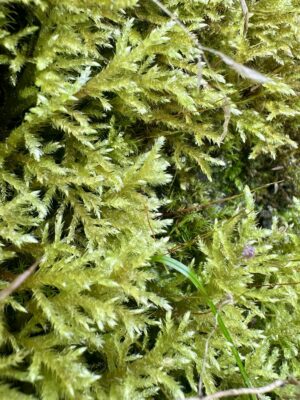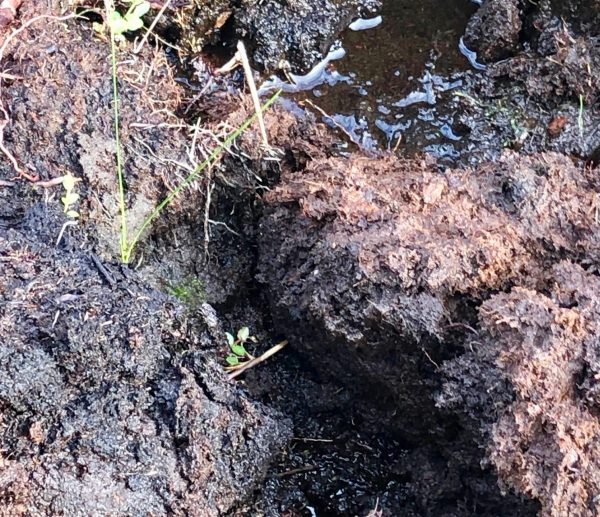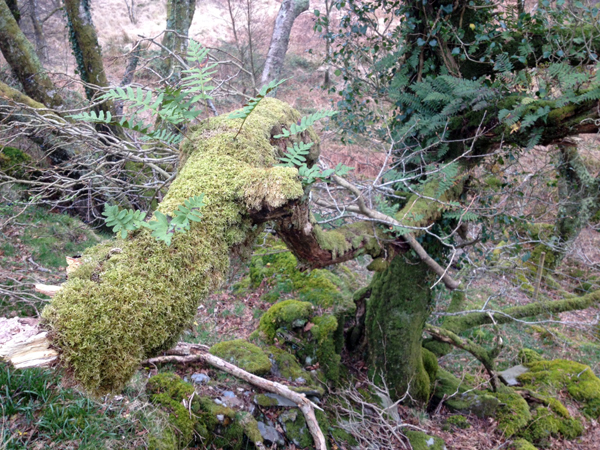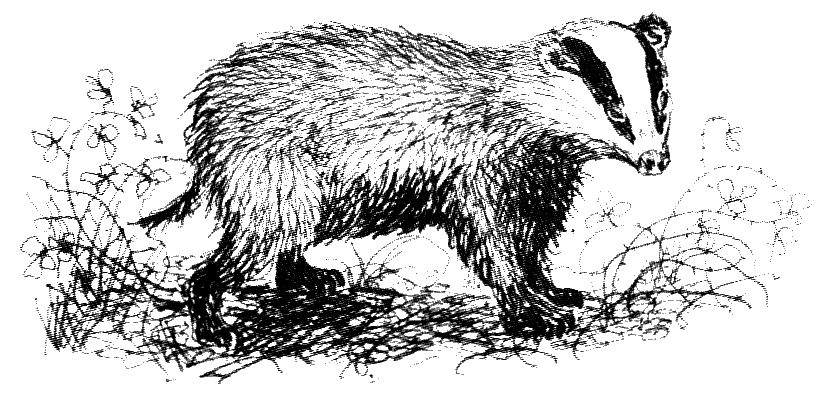Shady by nature

The base of a tree trunk is often covered with a ‘carpet’ of moss and lichens and the branches of the tree may bear ‘decorations’ of different mosses. In shady areas, there may be a soft, spongey layer of moss underneath the tree. Mosses are ‘simple’, non-vascular plants. They lack the sophisticated transporting tissues (phloem and xylem). Nor do they have true roots, instead they have small structures called rhizoids, which help them attach to a surface. They ‘like’ moist places and are dependent on water for their reproduction. The ancestors of mosses were probably some of the first plants to colonise land (previously there were only algae in the seas), possibly in the Ordovician Period.
 Mosses rarely grow to any great height, due to the absence of supporting mechanical tissue (lignified tissues, like xylem) but they can form extensive ‘mats’ in damp, shady places (as can liverworts). Exposed to direct sunlight, they lose water rapidly. Such mossy mats can, in some situations, help reduce soil erosion. The mats may also allow for the accumulation of humus and soil formation. A particular example of the accumulation of mossy material is seen with the moss Sphagnum.
Mosses rarely grow to any great height, due to the absence of supporting mechanical tissue (lignified tissues, like xylem) but they can form extensive ‘mats’ in damp, shady places (as can liverworts). Exposed to direct sunlight, they lose water rapidly. Such mossy mats can, in some situations, help reduce soil erosion. The mats may also allow for the accumulation of humus and soil formation. A particular example of the accumulation of mossy material is seen with the moss Sphagnum.
Sphagnum grows in acidic, marshy conditions, often forming a bog. Low fertility and a cool climate result in slow growth of the Sphagnum (and other plants). The subsequent decay of dead plant material is even slower (due low oxygen levels). Hence, peat forms and accumulates. Large areas of land can be covered to a depth of several metres with peat. Bogs are a very effective means of locking up carbon for hundreds, if not thousands of years.
 Sadly, many wetlands have been drained and allowed to dry out, then the peat cut from them as a form of fuel. When peat areas are drained (channels are cut through the peat), they degrade and dry out. They are then at risk of catching fire as has been seem in recent times:for example, the burning of Slieve Beagh in Ireland and Langdale Moor in Yorkshire.
Sadly, many wetlands have been drained and allowed to dry out, then the peat cut from them as a form of fuel. When peat areas are drained (channels are cut through the peat), they degrade and dry out. They are then at risk of catching fire as has been seem in recent times:for example, the burning of Slieve Beagh in Ireland and Langdale Moor in Yorkshire.
The Interesting fact : Sphagnum has an interesting property in that can hold water many times its own weight. Because of this absorbency, Sphagnum was used as a wound dressing in WW1.
https://earthobservatory.nasa.gov/images/150780/irelands-cutaway-peatlands
https://www.bbc.co.uk/news/articles/cvg9n0j07epo
 .
.
Comments are closed for this post.
